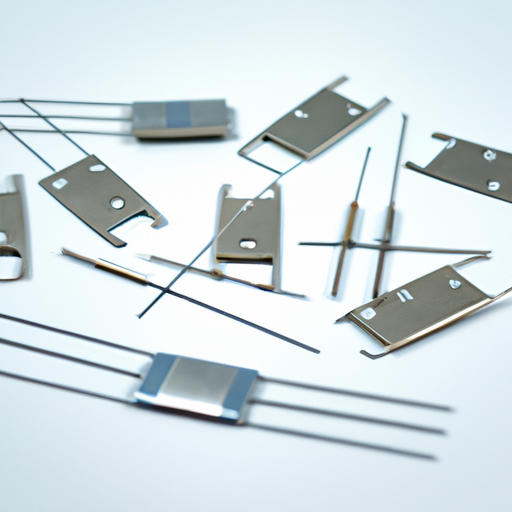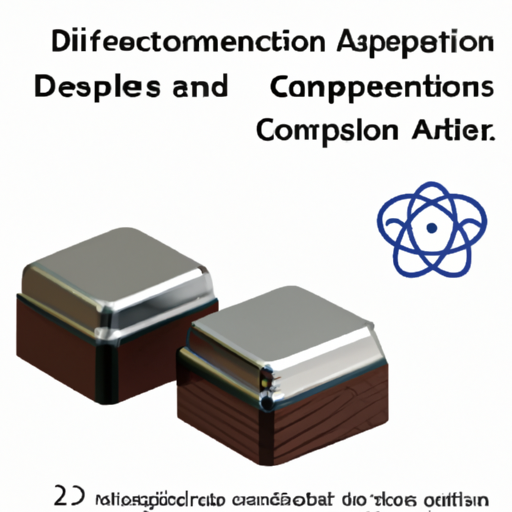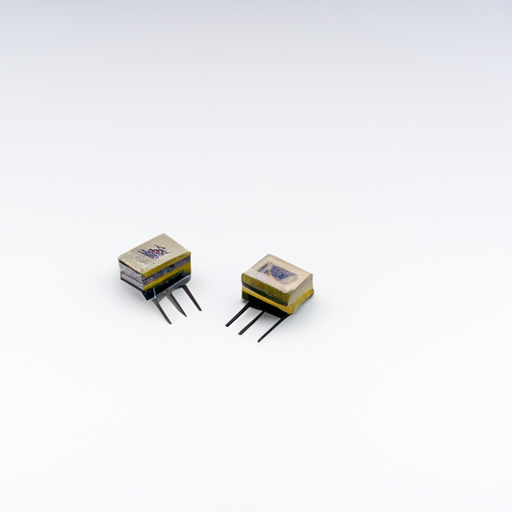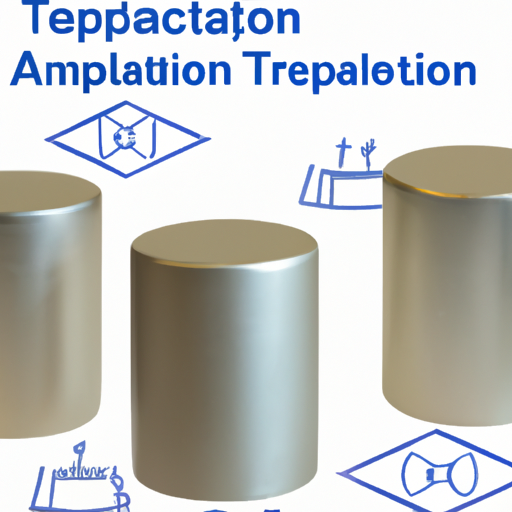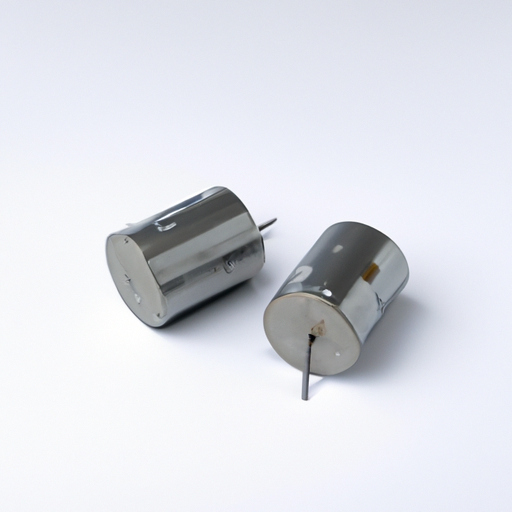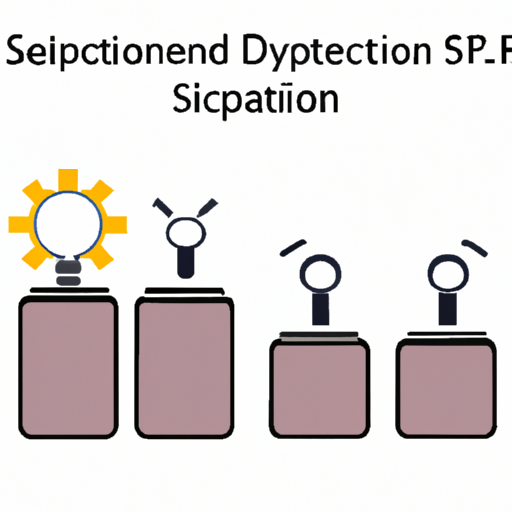What are the Mainstream Models of Wirewound Resistors?
I. Introduction
Wirewound resistors are a fundamental component in electronic circuits, known for their precision and reliability. These resistors are constructed by winding a wire around a core, typically made of ceramic or glass, which allows them to achieve high levels of accuracy and stability. In this blog post, we will explore the various types of wirewound resistors, their mainstream models, key specifications, advantages and disadvantages, and their applications in different industries.
II. Basic Principles of Wirewound Resistors
A. Construction and Materials
Wirewound resistors are made from a resistive wire, which can be composed of various materials, including nickel-chromium and copper-nickel alloys. The choice of wire material affects the resistor's performance characteristics, such as temperature coefficient and stability. The core material, often ceramic or glass, provides mechanical support and thermal insulation, ensuring that the resistor can handle high power levels without degrading.
B. Working Principle
Wirewound resistors operate based on Ohm’s Law, which states that the current flowing through a conductor between two points is directly proportional to the voltage across the two points. The resistance of a wirewound resistor can be calculated using the formula:
\[ R = \frac{V}{I} \]
where \( R \) is resistance, \( V \) is voltage, and \( I \) is current. The resistance value is determined by the wire's length, cross-sectional area, and the material's resistivity.
III. Types of Wirewound Resistors
A. Standard Wirewound Resistors
Standard wirewound resistors are the most common type, offering a balance between performance and cost. They are widely used in various applications, including power supplies and general-purpose circuits.
B. Precision Wirewound Resistors
Precision wirewound resistors are designed for applications requiring high accuracy and low tolerance levels, often as low as 0.01%. These resistors are essential in measurement and calibration applications, where even minor deviations can lead to significant errors.
C. High-Power Wirewound Resistors
High-power wirewound resistors are built to handle substantial power loads, making them suitable for power electronics applications. They feature robust designs, often with heat sinks or other cooling mechanisms to dissipate heat effectively.
D. Low-Value Wirewound Resistors
Low-value wirewound resistors are used primarily for current sensing applications. They provide accurate measurements of current flow in circuits, which is crucial for monitoring and control systems.
IV. Mainstream Models of Wirewound Resistors
A. Vishay Dale
Vishay Dale is a leading manufacturer of wirewound resistors, offering a wide range of products. Their popular models include the **Dale WSL Series**, known for its high power ratings and low inductance, making it ideal for high-frequency applications. The **Dale WSH Series** is another notable model, designed for precision applications with tight tolerance levels.
B. Ohmite
Ohmite is renowned for its high-quality wirewound resistors, particularly in industrial applications. The **Ohmite 50 Series** is a popular choice for high-power applications, featuring a robust design and excellent thermal performance. The **Ohmite 10 Series** offers precision resistors with low tolerance levels, suitable for measurement and calibration tasks.
C. Bourns
Bourns provides a variety of wirewound resistors, including the **Bourns 3300 Series**, which is designed for high power and low inductance. This series is widely used in telecommunications and industrial applications. The **Bourns 3306 Series** offers precision resistors with tight tolerances, making them ideal for sensitive electronic circuits.
D. TE Connectivity
TE Connectivity offers a range of wirewound resistors, including the **TE 1W Series**, which is designed for high power and reliability. These resistors are commonly used in automotive and industrial applications. The **TE 2W Series** provides precision options for applications requiring high accuracy.
E. Panasonic
Panasonic is another key player in the wirewound resistor market, with models like the **Panasonic ERJ Series**. These resistors are known for their compact size and high performance, making them suitable for consumer electronics and automotive applications.
V. Key Specifications and Features
When selecting wirewound resistors, several key specifications and features should be considered:
A. Resistance Value Range
Wirewound resistors are available in a wide range of resistance values, typically from a few ohms to several megohms, allowing for flexibility in circuit design.
B. Power Rating
Power rating is a critical specification, indicating the maximum power the resistor can handle without overheating. Wirewound resistors can have power ratings ranging from a fraction of a watt to several hundred watts.
C. Tolerance and Temperature Coefficient
Tolerance levels indicate how much the actual resistance can deviate from the specified value. Precision wirewound resistors often have low tolerance levels, while standard models may have higher tolerances. The temperature coefficient indicates how much the resistance changes with temperature, which is crucial for applications requiring stability across varying conditions.
D. Inductance and Noise Considerations
Inductance can affect the performance of wirewound resistors, particularly in high-frequency applications. Low-inductance designs are preferred for such uses. Additionally, noise considerations are essential, as resistors can introduce unwanted signals into sensitive circuits.
E. Environmental Ratings
Wirewound resistors are often rated for environmental conditions, including moisture and temperature extremes. Selecting resistors with appropriate ratings ensures reliability in various operating environments.
VI. Advantages and Disadvantages of Wirewound Resistors
A. Advantages
1. **High Precision and Stability**: Wirewound resistors offer excellent accuracy and stability, making them suitable for precision applications.
2. **High Power Handling Capability**: These resistors can handle significant power loads, making them ideal for power electronics.
3. **Wide Range of Resistance Values**: The availability of various resistance values allows for flexibility in circuit design.
B. Disadvantages
1. **Size and Weight Considerations**: Wirewound resistors tend to be larger and heavier than other resistor types, which may be a drawback in compact designs.
2. **Inductance Issues**: Inductance can be a concern in high-frequency applications, potentially affecting performance.
3. **Cost Factors**: Wirewound resistors can be more expensive than other resistor types, which may impact budget-sensitive projects.
VII. Applications of Wirewound Resistors
Wirewound resistors find applications across various industries, including:
A. Industrial Applications
In industrial settings, wirewound resistors are used in power supplies, motor controls, and load banks, where high power and precision are essential.
B. Consumer Electronics
These resistors are commonly found in consumer electronics, such as audio equipment and televisions, where accuracy and reliability are crucial.
C. Automotive Applications
In the automotive industry, wirewound resistors are used in electronic control units, sensors, and power management systems, ensuring optimal performance and safety.
D. Medical Devices
Wirewound resistors play a vital role in medical devices, where precision and reliability are paramount for patient safety and accurate diagnostics.
E. Telecommunications
In telecommunications, wirewound resistors are used in signal processing and transmission equipment, where low noise and high stability are required.
VIII. Conclusion
Wirewound resistors are a critical component in modern electronic circuits, offering high precision, power handling capabilities, and a wide range of resistance values. With various mainstream models available from reputable manufacturers like Vishay Dale, Ohmite, Bourns, TE Connectivity, and Panasonic, engineers have access to reliable options for their applications.
As technology advances, wirewound resistor technology continues to evolve, with trends focusing on miniaturization, improved thermal management, and enhanced performance characteristics. Understanding the key specifications, advantages, and disadvantages of wirewound resistors will aid in selecting the right component for specific applications, ensuring optimal performance and reliability in electronic designs.
IX. References
1. Academic Journals on Electrical Engineering
2. Manufacturer Specifications from Vishay, Ohmite, Bourns, TE Connectivity, and Panasonic
3. Industry Standards and Guidelines for Resistor Applications
This comprehensive overview of wirewound resistors highlights their importance in electronic circuits and provides valuable insights for engineers and designers in selecting the right components for their projects.

